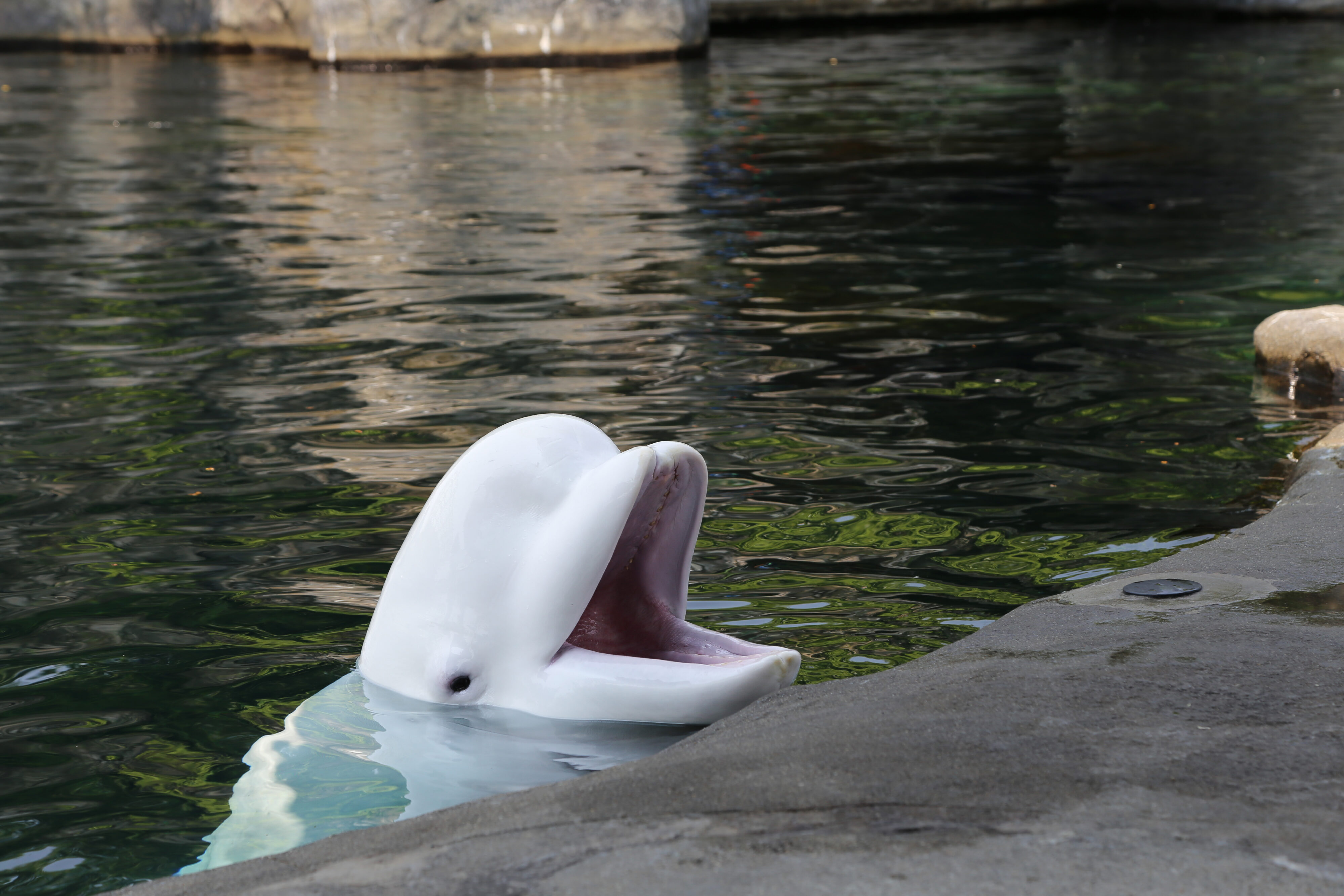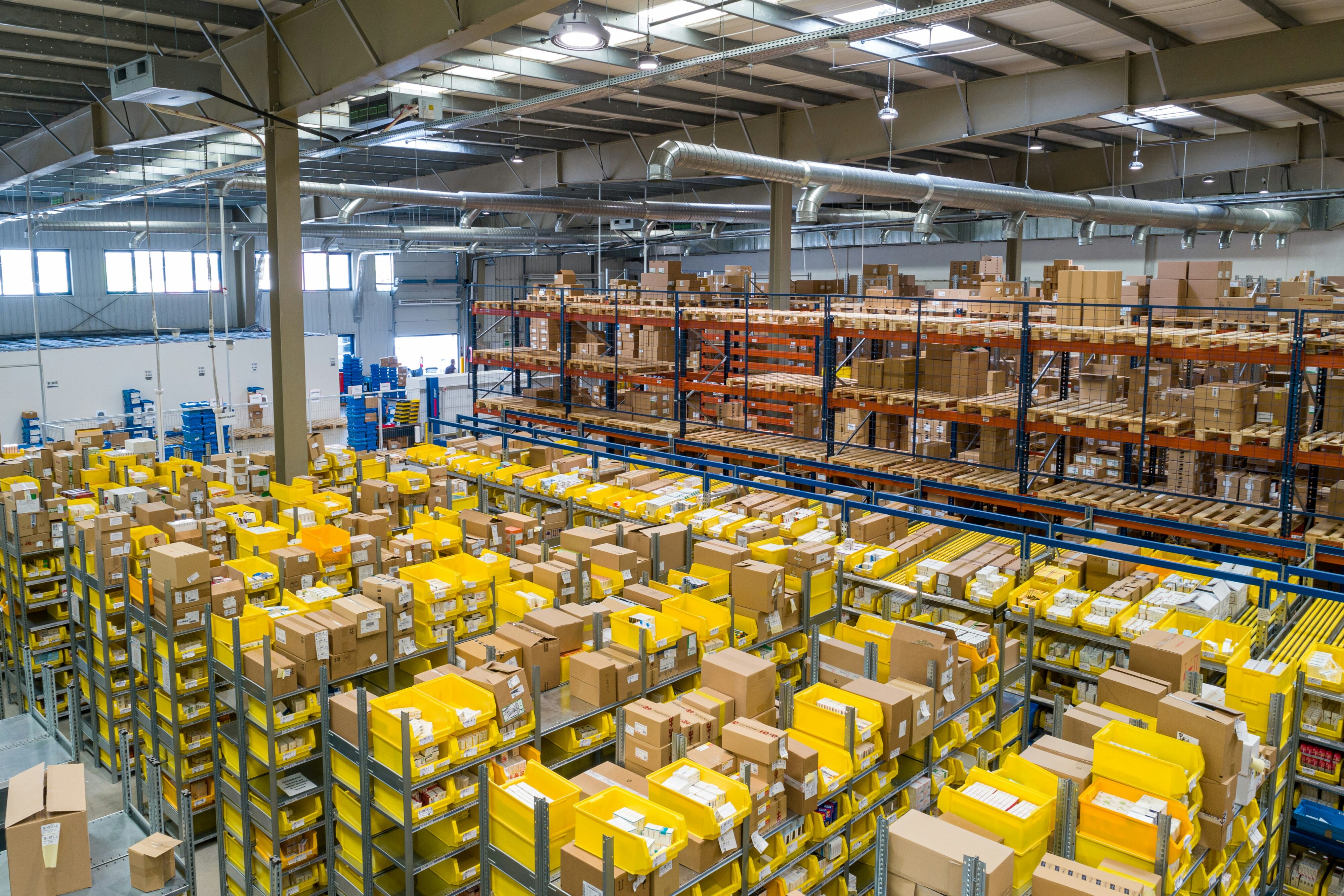Micah Seidel
From Ice to Fire: Climate change and Iceland’s sustainable energy
Iceland is one of the world’s leading countries in renewable energy, with nearly 100% of its electricity being produced from renewable sources. However, roughly 73% of this electricity comes from hydroelectric dams powered with runoff water from the country’s melting glaciers.
With climate change, it is estimated that Iceland’s glaciers will be gone in roughly 100-200 years. “At the first scale, there’s going to be more water because they’re going to be melting quicker,” says Dr. Caroline Sanchez, Geologist on the National Geographic Explorer with Lindblad Expeditions, “In terms of hydropower, it’s going to be sustainable for the first, we’ll say decades, when you still have enough water but what happens when you don’t have enough water anymore? You’ll just need to adapt.”
Luckily, Iceland is also a hotspot, both figuratively and literally, for geothermal energy. Roughly 27% of Iceland’s electricity comes from geothermal power plants. The separating tectonic plates cutting through Iceland and the fixed thermal anomaly (AKA “hot spot”) under the country provide a sustainable and accessible source of heat, which the country may need to rely on more solely in the future.
In this short documentary, discover how climate change is impacting one of the most unique landscapes in the world, and what that means for the future of electricity production.
Editor’s Note: Lindblad Expeditions, our Planet Forward Storyfest Competition partner, made this series possible by providing winners with an experiential learning opportunity aboard one of their ships. We thank Lindblad Expeditions for their continued support of our project.



















